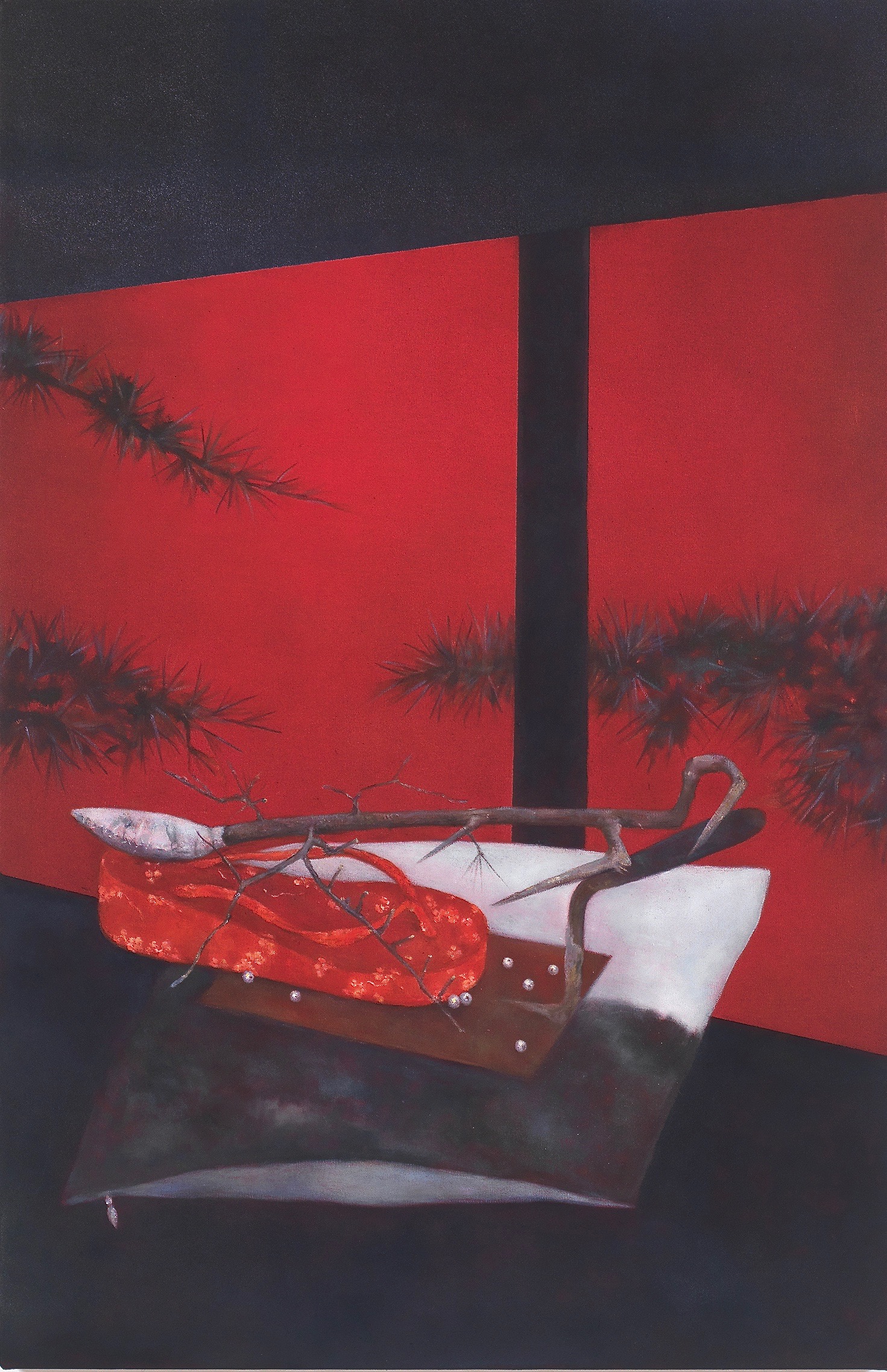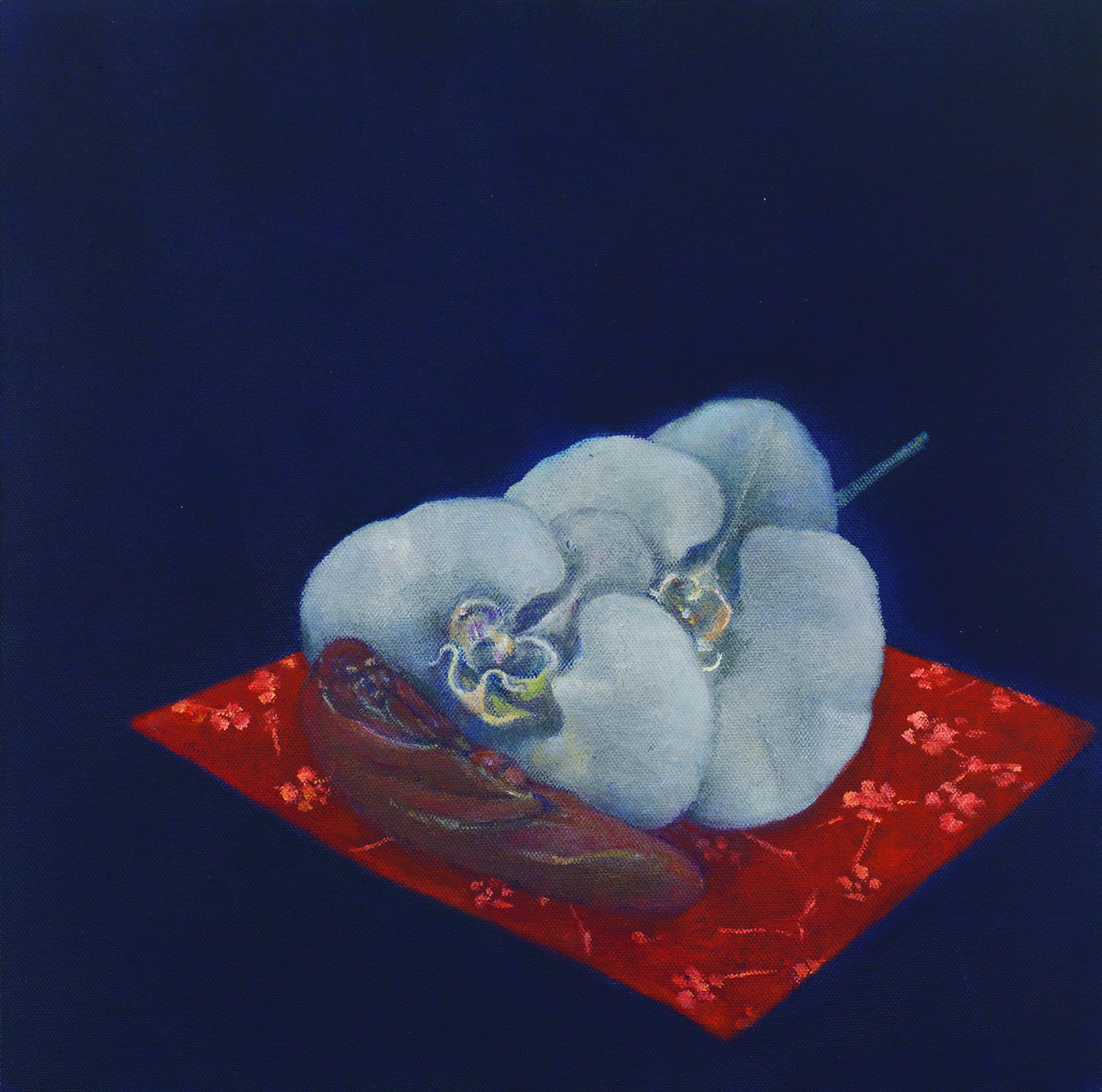Navigating time and space – the lock-keeper’s hut
the lock-keeper’s hut
I grew up in a village near the River Thames in Southwest England. My mother often walked me down to the lock for an ice cream. At the bottom of our road was a narrow footpath leading to the river. Between two tall fences laden with ivy and moss, the smell of the wet earth drew you in. On rainy days, I would step along the edge to avoid sinking in the mud.
The path opened to a wooded area strewn with bits of fallen trees. A piece of no-man’s land that could easily trigger unease. But once through, you could see beyond, relieved by the glistening greens of the river bank and white swans cleaning their feathers at the water’s edge.
Further along stood the lock-keeper’s hut.
Pebble stone slabs led the way between well-cured rose beds up to the painted dwarves grinning at the doorstep. The lock-keeper’s wife ran a small business selling tea and ice cream to passers-by.
I was mesmerized watching the heavy iron gates opening and closing, the river swelling and emptying with the measures of water that allowed the boats to navigate the river. It seemed the lock-keeper had hidden powers and was controlling the world with his fingertips.
Sometimes, a duck would get caught in the thoroughfare and spin wildly in circles until the lower gate was opened. Then, with a sudden gush, it would be spat out and sent swirling downstream to places unknown to me.
I loved the lock. And while slowly licking my ice cream in the hope of making it last, I would paint out in my mind what might happen to the boats on their way to the open sea.
I recall it being one of my first perceptions of time and space.

































